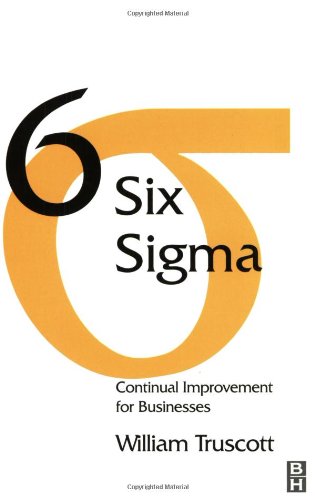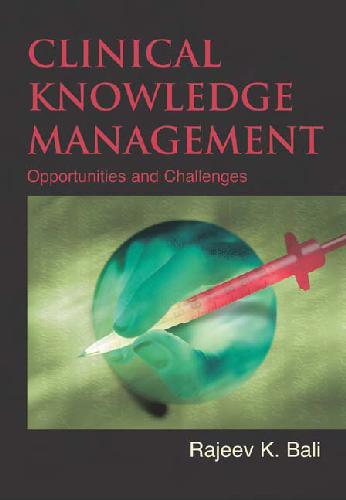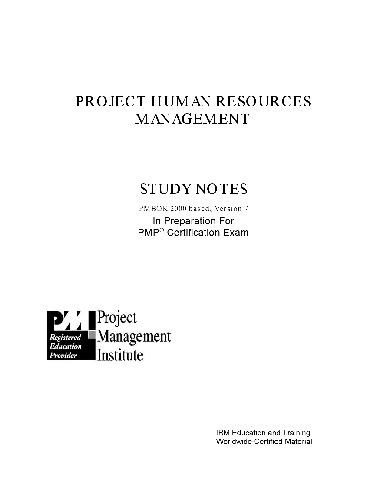William Truscott9780750657655, 0-7506-57650
Table of contents :
Cover……Page 1
Contents……Page 6
Preface……Page 9
1.1 Six Sigma in perspective……Page 13
1.3 Six Sigma: the statistical model……Page 14
1.4 Six Sigma: the improvement process……Page 17
1.5 Chapter highlights……Page 26
2.1 Response to change: competition: waste……Page 27
2.2 Results achieved by organizations already committed to Six Sigma……Page 33
2.3 Response to competition……Page 36
2.4 Improving employee involvement and engagement……Page 37
2.5 Continuing high cost of quality……Page 38
2.6 Recognition that other improvement initiatives have been fragmented or short- lived……Page 46
2.7 Chapter highlights……Page 48
3.1 Overview……Page 50
3.2 Which strategy to deploy?……Page 51
3.3 ISO 9000:2000 family of quality systems standards……Page 55
3.4 Quality excellence models: total quality management……Page 59
3.5 The role of the US gurus……Page 63
3.6 The role of the Japanese gurus in Six Sigma……Page 76
3.7 Chapter highlights……Page 86
4.1 Common aim of Six Sigma projects……Page 89
4.2 What is value?……Page 90
4.3 How to enhance value throughout the organization……Page 94
4.4 Six Sigma for high-value design……Page 97
4.5 Axiomatic design……Page 103
4.6 Quality function deployment……Page 108
4.7 TRIZ……Page 116
4.8 Taguchi quality engineering……Page 121
4.9 Value analysis……Page 127
4.10 Potential failure mode and effects analysis……Page 129
4.11 Chapter highlights……Page 134
5.1 What is meant by competency?……Page 137
5.2 Competencies for Six Sigma – overview……Page 139
5.3 Organizational-wide deployment competencies……Page 142
5.4 Business process management competencies……Page 143
5.5 Project management competencies……Page 149
5.6 Six Sigma improvement tools: competencies……Page 158
5.7 Lean organization competencies……Page 182
5.8 Design for Six Sigma competencies……Page 183
5.9 Chapter highlights……Page 184
6.1 What does a truly Six Sigma organization look like?……Page 185
6.3 Decide on the project focus(es) for Six Sigma……Page 188
6.4 How to set up a Six Sigma infrastructure……Page 195
6.5 Development of required competencies in Six Sigma participants……Page 199
6.6 Start off with a few pilot projects?……Page 205
6.8 Chapter highlights……Page 218
7.1 Overview……Page 220
7.2 Sigma versus sigma……Page 221
7.3 Linkage of Sigma value to defect rate……Page 222
7.4 What constitutes world-class performance?……Page 226
7.6 What is a critical quality characteristic?……Page 229
7.7 Chapter highlights……Page 233
8.1 Overview……Page 235
8.3 The statistical ‘sigma’ and the ‘normal’ distribution……Page 236
8.5 Sigma versus sigma……Page 241
8.6 Chapter highlights……Page 247
Appendix A: Relationship between critical-to-quality characteristics and system performance……Page 249
Index……Page 252







Reviews
There are no reviews yet.